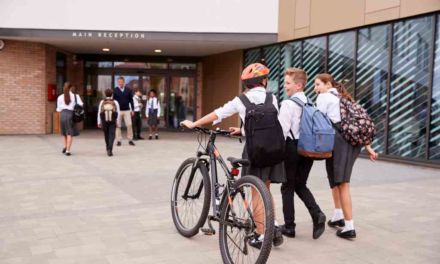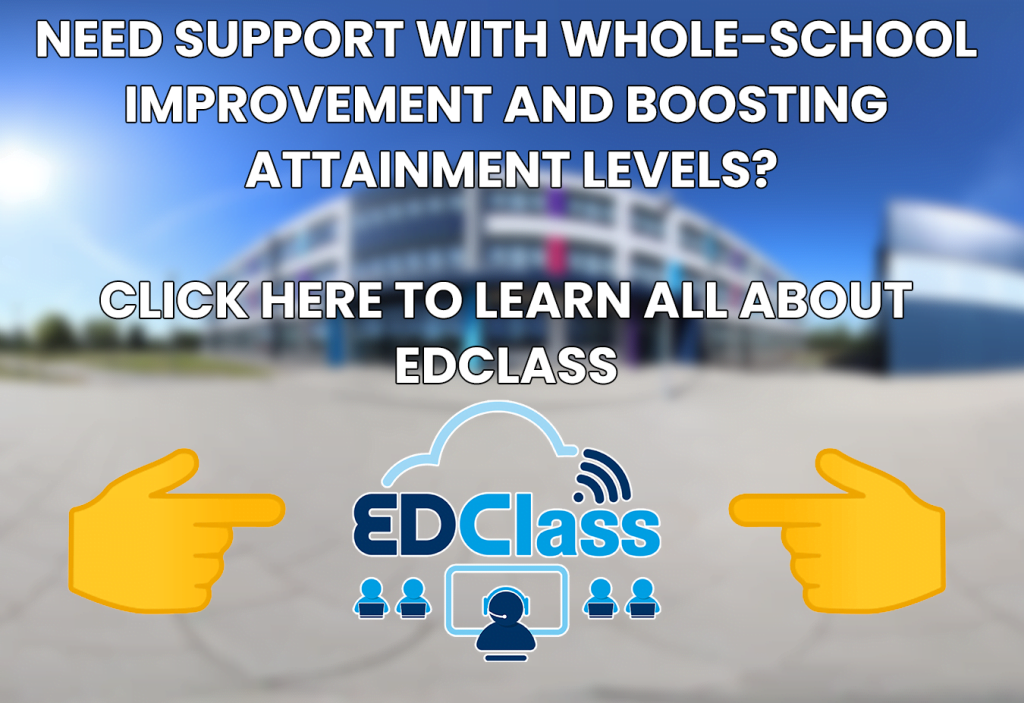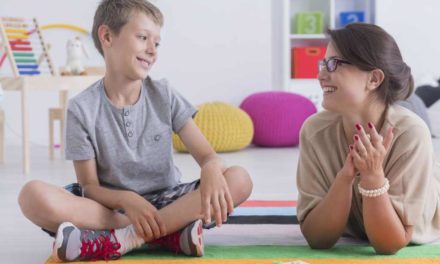The standards for a school improvement plan, also known as a SIP, might vary from state to state. Still, its overall objective is always the same: to establish goals, strategies, and action actions to improve the overall quality of the education that kids receive. In most cases, the objectives of school improvement plans are matched with the outcome measures of statewide examinations. A school strategy should be a well-documented plan that outlines the long-term goals your institution has set for itself and the path it intends to take to reach those goals. Five of the best strategies to bring whole-school attainment are given below:
Reducing teacher workload to improve pupil attainment
A teacher who is less worried, less pressurised, and more rested is likely to be more energetic in the classroom. This is something that should go without saying, but we can always hope that it does. This does get transmitted to the students as well, impacting their class performance. While the amount of work may increase owing to changes in the law, which is unavoidable, the institution should do its best to decrease teacher workload.
A Common Curriculum Calendar
R&E is dependent on a standardised group of goals that have been thoroughly outlined and planned out for the full academic year. This ensures that no matter what week it is, all of the instructors in a specific grade cover the same content and achieve the same results. The method of education, on the other hand, is not necessarily the same for all of them; rather, it is left up to the discretion of each instructor. They can stay on schedule because the calendar establishes a pace for them to follow. This gives instructors confidence that by the school year’s conclusion, they will have covered all of the requirements, and their pupils will have mastered them.
Setting goals
Students of high ability should participate in goal-setting activities. The creation of individual objectives is of utmost significance for high-ability students since the goals of the class may not cater to their specific requirements for advanced education. These pupils will have more opportunities to exercise control over their education as a result of this.
Lessons need to have very well-defined pedagogical goals. The objectives need to be clear on what constitutes a successful outcome. Students with a high level of ability will benefit from this since it will clarify what is expected of them. In addition, it assists pupils in understanding the purpose of their education and attaining it.
Structuring lessons
A lesson framework maps out the teaching and learning that takes place in a classroom. The routines should be reinforced, and learning should be scaffolded. To make the most of the time spent teaching and learning, it should be feasible to plan activities well. Lessons that are structured may condense the amount of material covered and speed up the development of the students. Explicit instructions are beneficial for children with different levels of ability. They will be aware of what they are learning, why they are learning it, and what steps they need to take to succeed. The instructions will help them to understand learning objectives, achievement criteria, desired standards, etc. This criterion can be tailored for those pupils in the class who have exceptional capabilities.
The impact of parental engagement
Although parents play such an important role in their children’s educational experiences, it may be challenging to get them completely involved in the educational activities that take place at school. It is possible that they will not always have the time to attend meetings both in and outside of the classroom. Most of the time, teachers do not even have the time for that!
However, parental involvement is a significant determinant in increasing student results. In most instances, they spend more time with their children than the classroom instructor does. Additionally, they undoubtedly spend more one-on-one time with their youngsters. They are important both as examples for youngsters to emulate and in how they interact with their children. This effect may be seen in a variety of different topics.
Conclusion
A comprehensive combination of planning and communication is required to guarantee that all educators and stakeholders, such as parents, teachers, administrators, governors, board members, and community members, are working toward the same objectives. The majority of teachers are in agreement with the priorities that their schools have established. Providing more creative learning experiences, improving behaviour, and delivering educational advantages via technology, among other things, helps provide a whole-school attainment experience.
If you are searching for an online solution to support whole-school attainment, then consider using EDClass’ online alternative provision. With sophisticated safeguarding measures and attainment progress integrated for students learning remotely, the platform has been proven to assist students with their reintegration and enhance their learning.
For a free online demonstration, call the team on 01909 568 338, send an email to mail@edclass.com or book directly here or by clicking the button below.











